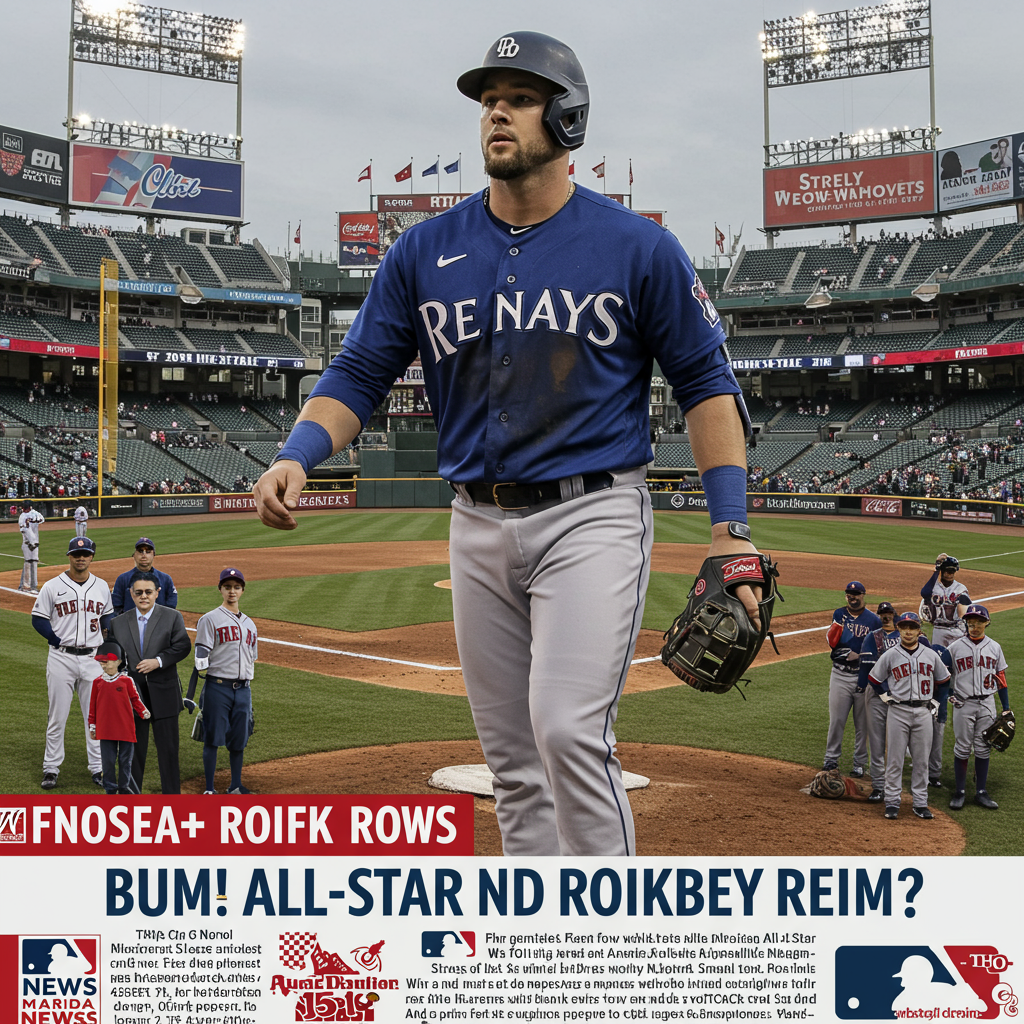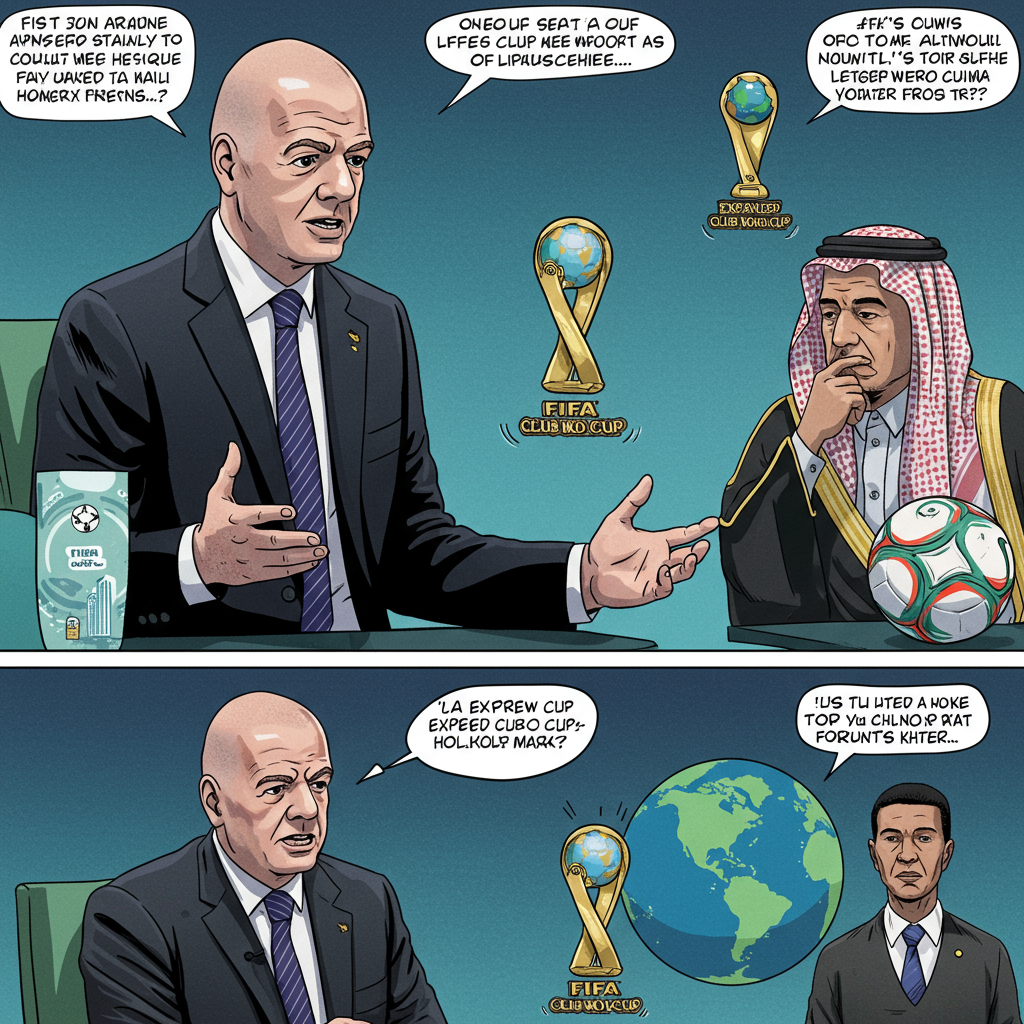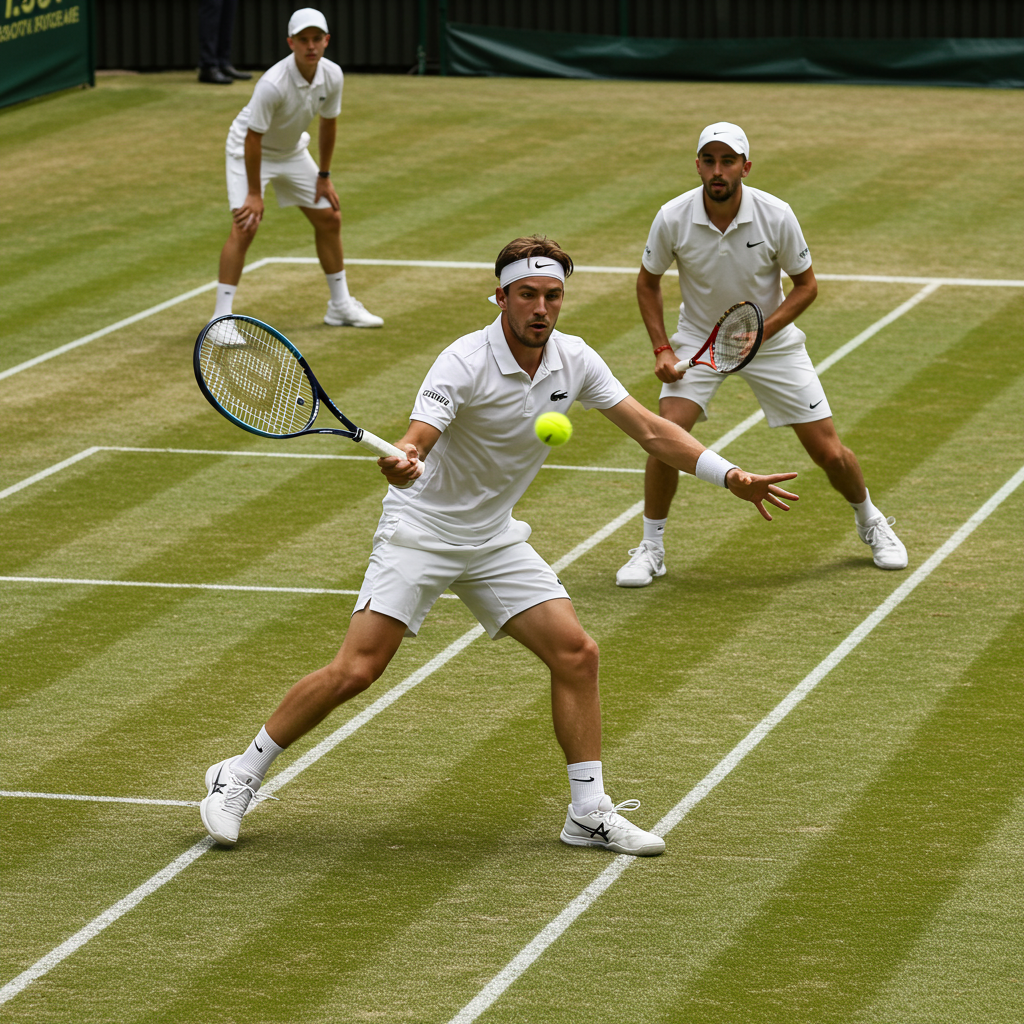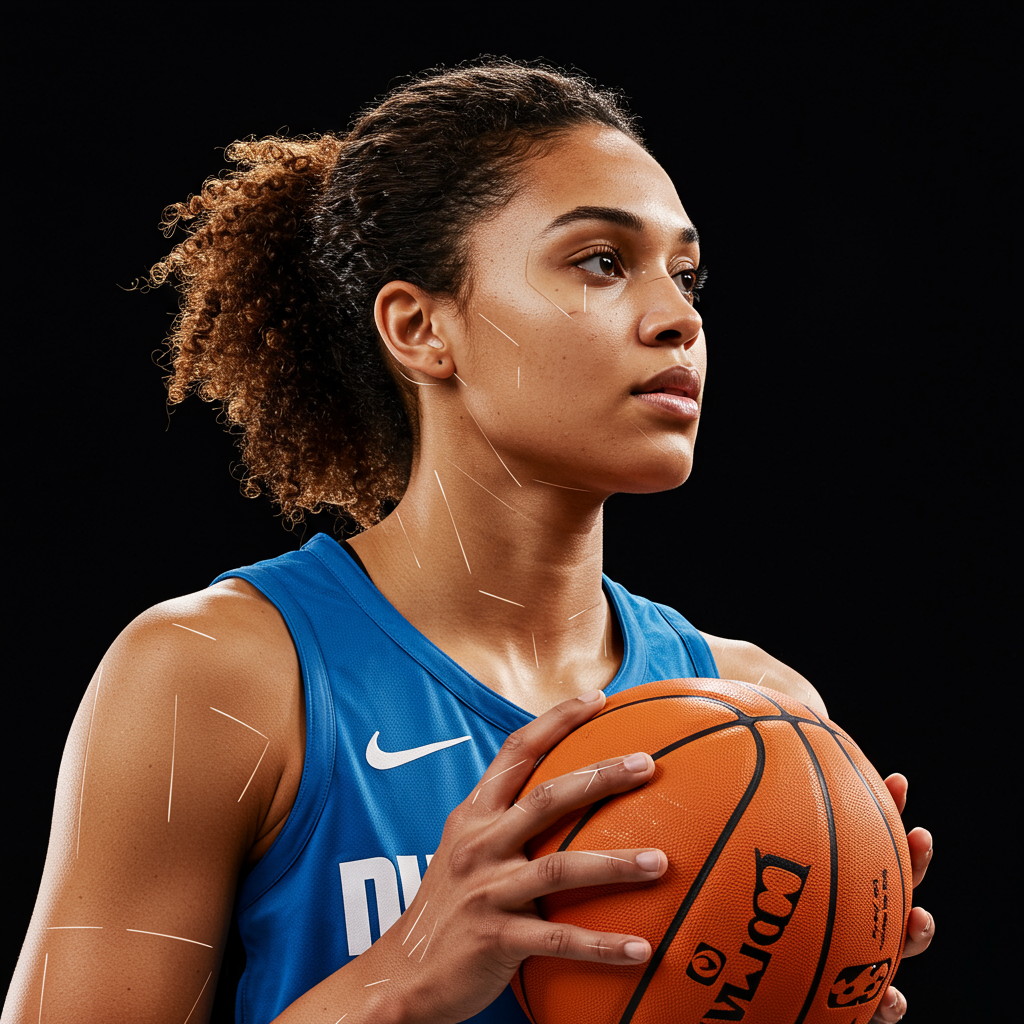Every year, the announcement of Major League Baseball’s all-star Game rosters sparks passionate debate. With only a limited number of spots available for the game’s elite, talented players inevitably get left off the initial list. This year’s selections, unveiled on July 6th, were no different, leading fans and analysts alike to highlight several stars whose impressive performances arguably warranted a spot. While the selection process is complex, involving fan voting, player ballots, and MLB’s own choices—plus the requirement for every team to have at least one representative—some omissions stand out. Here’s a look at some of the most notable players who were surprisingly left off the initial 2025 MLB All-Star roster.
Decoding MLB’s All-Star Selection Process
Understanding why certain players miss the cut requires a look at the intricate system governing All-Star selections. It’s no longer simply about picking the absolute best 64 players across both leagues. First, fans vote for position players in both leagues. Players then vote for reserves and pitchers. Finally, the MLB Commissioner’s Office fills the remaining spots and ensures every team gets at least one representative, a rule sometimes forcing the inclusion of a player with less impressive numbers over a more deserving candidate on a stacked team. This multi-layered approach, coupled with the timing of the vote and the sheer depth of talent, means that even exceptional players can sometimes find themselves on the outside looking in.
Star Power Left Off the Roster
Despite putting up stellar numbers and making significant impacts for their teams, several players did not hear their names called for the initial July 15th classic in the Atlanta suburbs. These players represent compelling cases of talent potentially overlooked by the system or simply falling victim to circumstance or positional depth.
Juan Soto: A $765M Player Still Underrated?
Perhaps the most debated omission is New York Mets outfielder Juan Soto. Signed to a record-shattering 15-year, $765 million contract in December, Soto joined the Mets with immense expectations. After a period of adjustment to a new league and lineup, his performance surged. His .396 On-Base Percentage ranks second in the National League and fourth in all of Major League Baseball, demonstrating his elite plate discipline. Adding 21 home runs and a .904 OPS (seventh in the NL) further solidifies his statistical case.
While some might point to a slow start, Soto’s current numbers undeniably scream “All-Star.” This is a player who famously turned down a larger offer than the Mets’ record deal, displaying supreme confidence in his value and prioritizing factors beyond just the highest dollar figure, like ownership commitment to winning. Missing an All-Star nod might feel ironic for the player with the biggest contract in sports history, but his on-field production clearly merits his fifth career selection, proving that sometimes, even baseball’s brightest stars need more than just a massive paycheck to guarantee a roster spot.
Michael Busch: Cubs’ Unexpected Slugger Overlooked?
Timing can play a cruel trick in All-Star selections. Chicago Cubs first baseman Michael Busch might be a prime example. His impressive .939 OPS places him fourth in the NL and seventh in the majors, complemented by 18 home runs. However, a spectacular three-homer game on the Fourth of July, just before rosters were finalized, might have come too late to significantly sway player or fan ballots.
The Cubs boast a strong 53-36 record, trailing only the Dodgers in the NL, yet found themselves curiously underrepresented with only three initial selections. While outfielder Seiya Suzuki also presented a compelling case, Busch’s power and OBP numbers before the break certainly put him in the conversation. Despite a selection system generally made more democratic by online voting, strong teams like the Cubs can still see deserving players overlooked.
Cristopher Sanchez: Phillies Ace Flying Under the Radar?
Philadelphia Phillies left-hander Cristopher Sanchez made a strong argument for back-to-back All-Star appearances. He ranks seventh in the NL with a sparkling 2.68 ERA and has been exceptionally stingy with home runs, allowing just seven for a rate of 0.62 per nine innings (fifth best). His strikeout rate also ranks among the league’s top ten.
Although his total strikeout count (108 in 100 innings) may not match some flashier names, Sanchez’s impact on team success is undeniable. The Phillies hold an excellent 9-2 record in the 11 starts where he’s completed at least six innings, and they are 13-4 overall when he takes the mound. With potential injury replacements needed, Sanchez’s consistent performance makes him a leading candidate to receive a call.
Trevor Megill: Brewers’ Dominant Closer Deserving Recognition?
In an era emphasizing bullpen specialists, it’s rare for a closer to be considered a snub, but Trevor Megill of the Milwaukee Brewers fits the bill. He has arguably been the most effective closer in the NL this season, converting 20 of 23 save opportunities. His 87% conversion rate is second only to the Mets’ Edwin Diaz among relievers with 13 or more saves.
The Brewers have been one of the season’s best surprises, yet initially had just one All-Star selection in starter Freddy Peralta. Megill’s high-leverage performance has been critical to their success. Given the volatile nature of relief pitching, recognizing a dominant season while it’s happening seems fitting, and Megill certainly built a strong case for inclusion.
Junior Caminero: Rays’ Powerhouse Youngster Faces Positional Logjam?
Perhaps the most surprising omission from the American League list was Tampa Bay Rays third baseman Junior Caminero. His exclusion seems less about performance and more about the depth at his position, where established stars like Jose Ramirez and Alex Bregman earned starting spots. Caminero has easily exceeded expectations for a breakout year, launching 21 home runs and posting an .809 OPS with an impressive .508 slugging percentage.
He tallied 40 extra-base hits before the break, production comparable to or exceeding some selected players, including teammate Brandon Lowe who received a reserve nod despite a similar OPS (.813) but fewer homers (19). While Caminero’s .301 On-Base Percentage was lower, his power profile and overall offensive impact represent a compelling case that was ultimately crowded out by a deep field of third basemen.
Framber Valdez: Astros’ Southpaw Lost in the AL Pitching Depth?
Houston Astros left-hander Framber Valdez presents a case highlighting the sheer talent pool in the American League. Valdez’s resume includes 115 strikeouts in 115 innings, a solid 2.90 ERA, and a 1.15 WHIP. By many metrics, these are All-Star caliber numbers.
However, the AL pitching landscape is exceptionally deep this season. Valdez’s 2.90 ERA, impressive on its own, ranked only 11th in the league at the time of selection, and eight of the ten pitchers ahead of him earned spots. While he possesses one of the top overall profiles when considering volume, strikeout ability, and run prevention, simply standing out in such a competitive field proved challenging this year.
More Deserving Candidates on the Horizon?
The good news for some of these deserving players is that the initial roster is rarely the final one. Injuries inevitably create openings, leading to additions as the game approaches. Cristopher Sanchez and Trevor Megill, in particular, appear to be strong candidates to be named as replacements, given their standout performances and the needs of their respective leagues. While missing the initial announcement is disappointing, the door remains open for others to join the sport’s midsummer showcase.
Frequently Asked Questions
Why are certain high-performing players considered “snubs” from the MLB All-Star Game?
Players are considered “snubs” when their statistical performance appears to heavily outweigh that of some selected players, yet they are omitted from the initial roster. This often happens because of the complex selection process, which includes fan voting (popularity contest), player voting (peer recognition), and selections made by MLB that must ensure every team has a representative, regardless of overall record or player quality. Positional depth in a particular year can also push deserving players out.
What specific factors influence who makes the MLB All-Star team besides just statistics?
Several non-statistical factors influence selections. Fan voting can elevate popular players. Player voting reflects peer respect but can be influenced by reputation or recency bias. MLB’s selections must ensure every team gets a representative, potentially leading to lower-performing players from weaker teams being included over higher-performing players on strong teams with multiple selections. The timing of slumps or hot streaks near the voting deadline can also impact outcomes.
Could any of the players mentioned as snubs still be added to the All-Star roster?
Yes, absolutely. Players who are injured or opt out of the All-Star Game must be replaced. MLB then selects additional players to fill these spots. Several of the players discussed, such as Cristopher Sanchez or Trevor Megill, are strong candidates to be named as injury replacements based on their season-long performance and potential needs within their league’s pitching staff.




